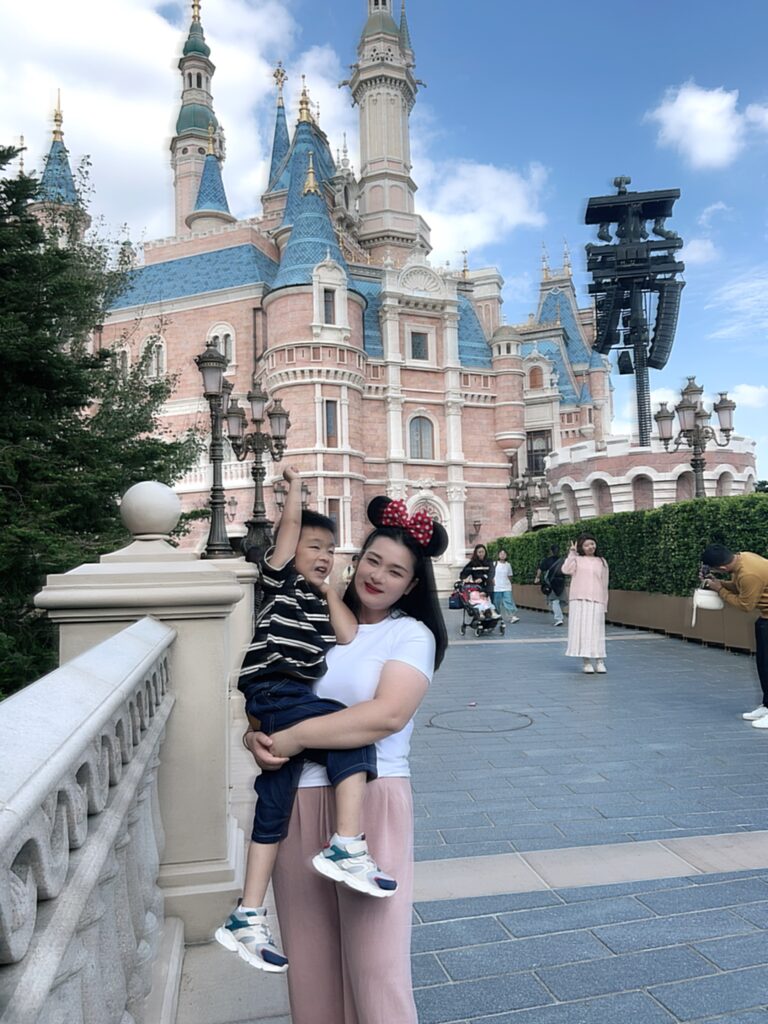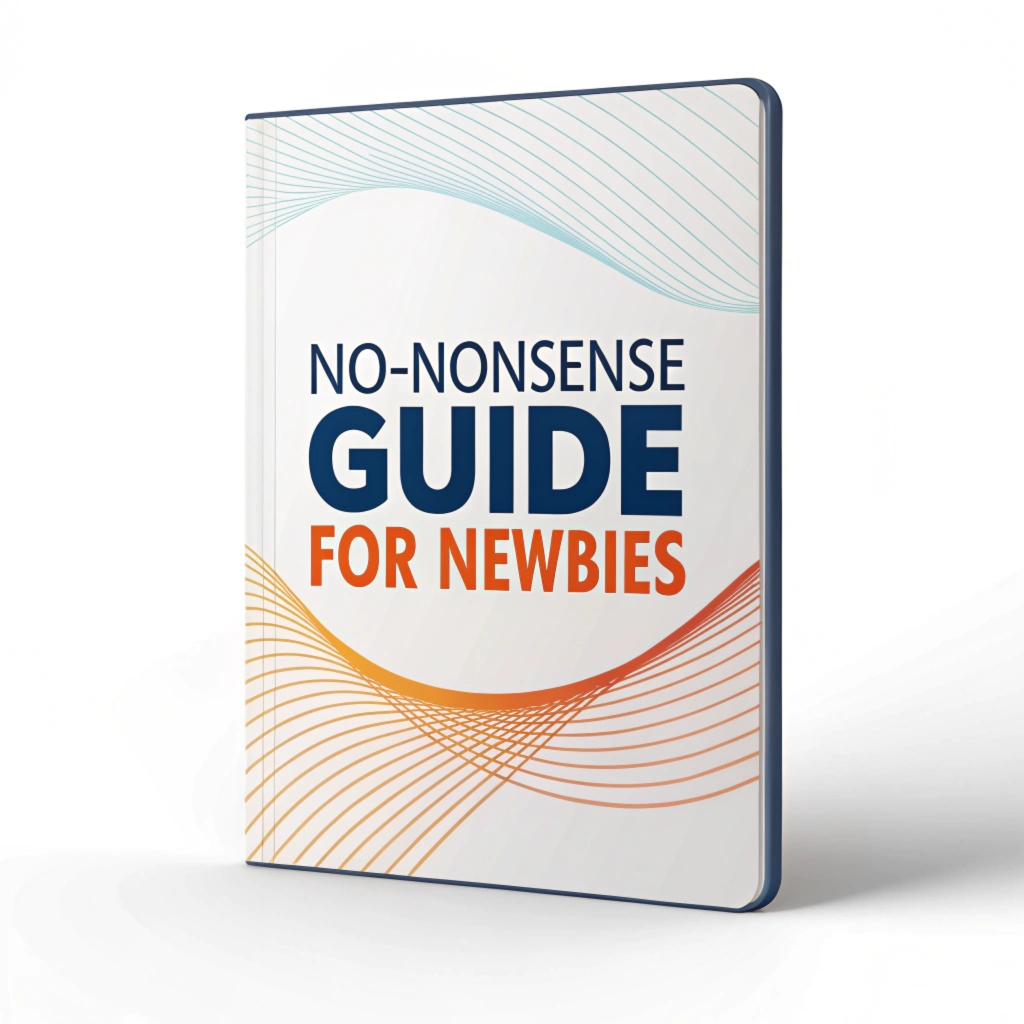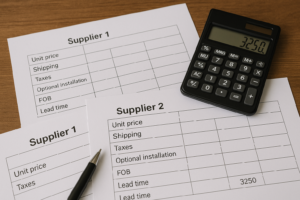Buying windows from China can be a smart move—if you know how to navigate specs, suppliers, and shipping.
China offers cost-effective, customizable, and high-quality windows, but successful importing depends on clear planning, compliance knowledge, and reliable suppliers.
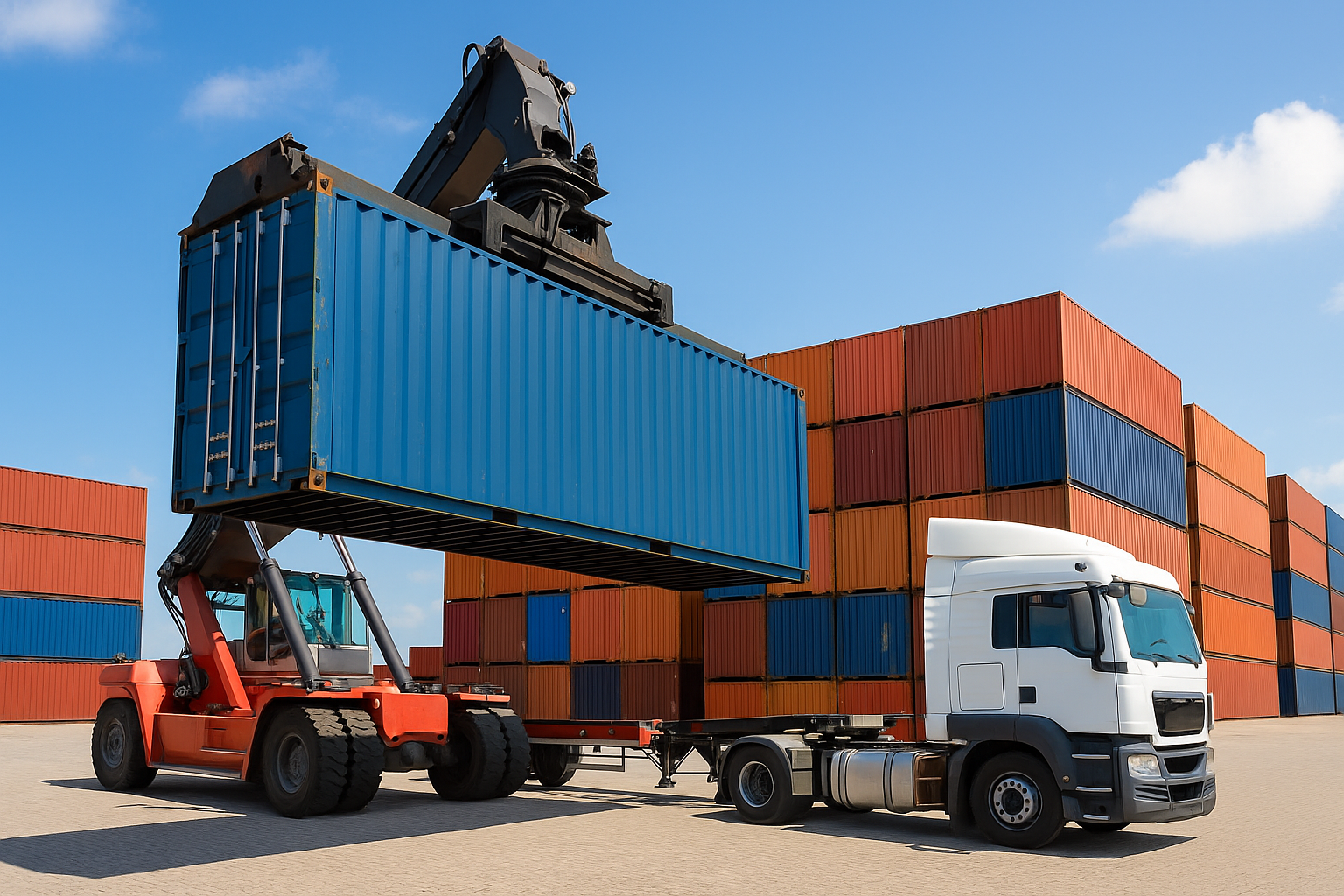
I’ve worked with contractors, distributors, homeowners, and procurement officers to help them make informed window buying decisions. Here’s everything you need to know.
What are the advantages of sourcing from China?
China is a global powerhouse in window manufacturing, offering strong value across product types.
Chinese factories provide scalable production, affordable pricing, and international-grade products, from aluminum to uPVC to timber windows.
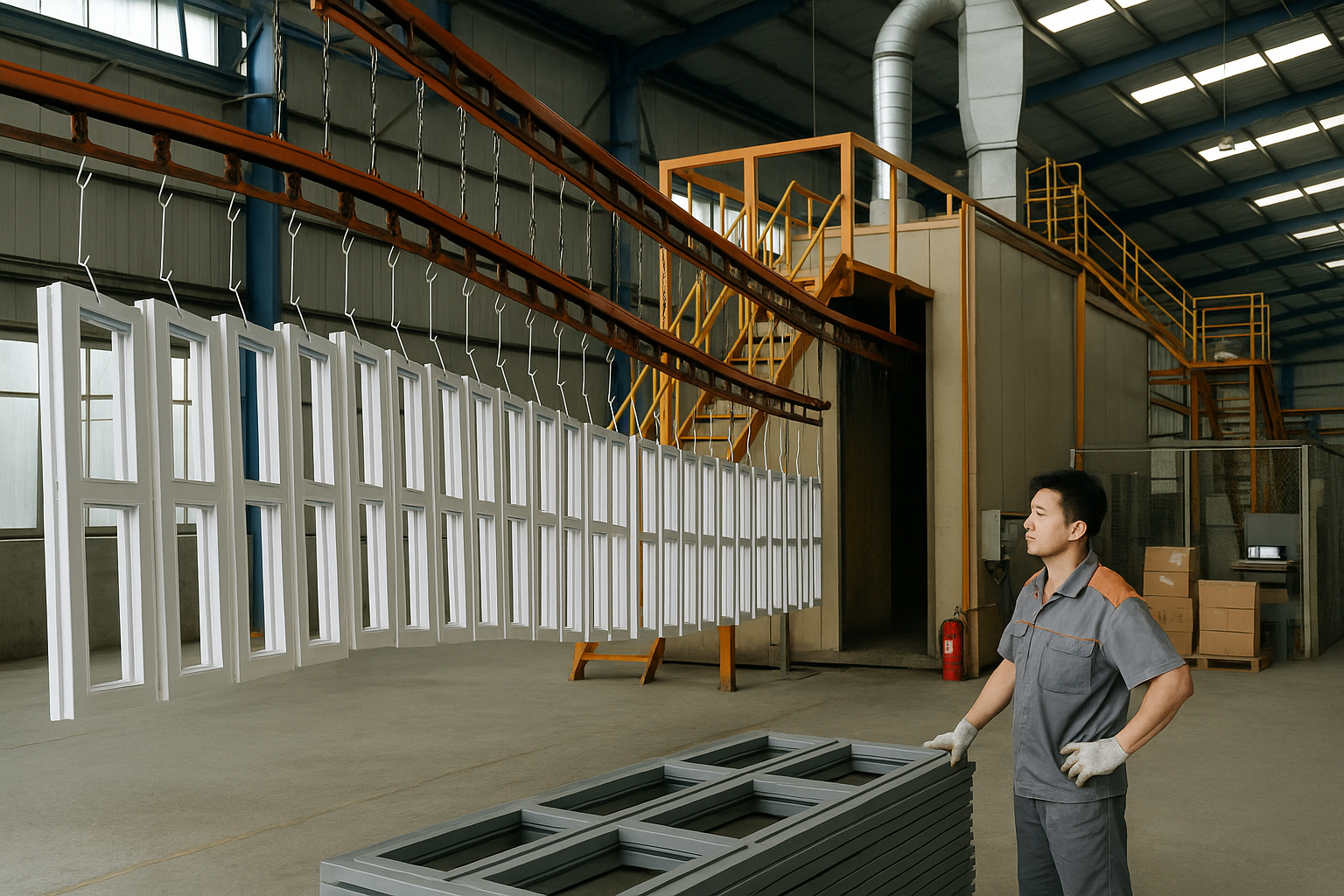
Chinese manufacturers—especially those based in Shandong or Guangdong—run modern facilities with advanced equipment. Many meet global certifications such as ISO 9001 and CE1. Their large-scale operations allow for competitive pricing and wide design options.
Whether you’re a contractor seeking project-specific specs, a distributor needing popular market styles, or a homeowner focused on thermal comfort and style, Chinese suppliers can customize to your needs2.
Look for proven brands with solid export experience and tested products.
How flexible is product customization?
Customization is a key strength of Chinese window factories3.
You can specify size, frame material, surface finish, glass configuration, and hardware—tailored to your project, market, or aesthetic needs.
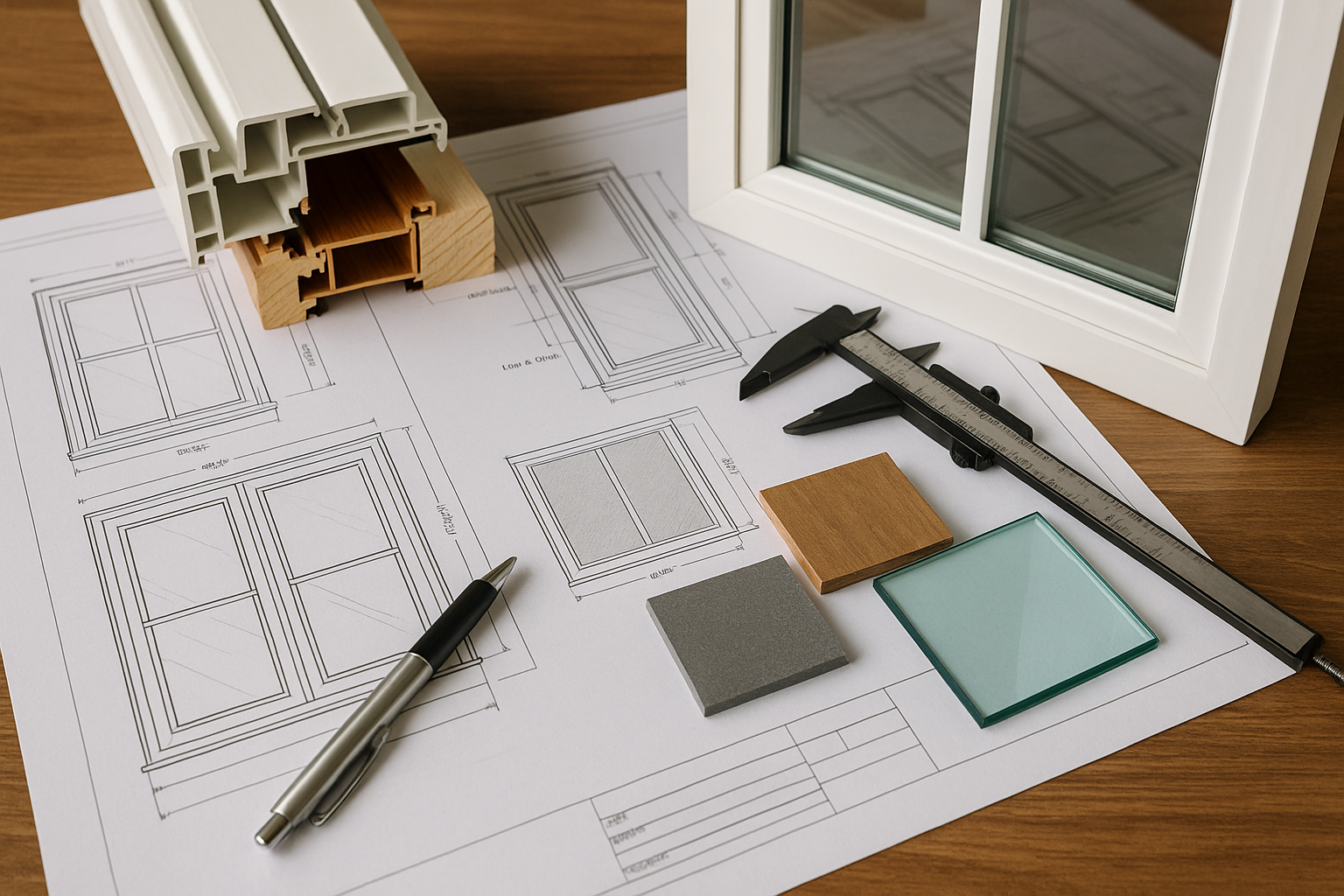
Chinese suppliers are highly adaptable. Contractors may need windows to meet fire-safety codes. Distributors may want specific RAL colors for market trends. Homeowners want beauty and quiet. Procurement officers need consistency in large orders.
Success in customization starts with accurate measurements. Work with a local builder or architect to ensure precise sizing before placing your order.
Common options include:
- Frames: Aluminum, uPVC, wood, composite
- Finishes: Powder-coated, anodized, wood grain
- Glass: Double/triple Low-E, laminated, soundproof
- Hardware: European or Chinese brands, with multipoint locks
What performance standards should imported windows meet?
Importing means meeting your local code—don’t assume all windows are approved.
Ensure windows meet performance standards like U-factor, air/water resistance, and acoustic ratings. Confirm compliance with your region’s building codes.
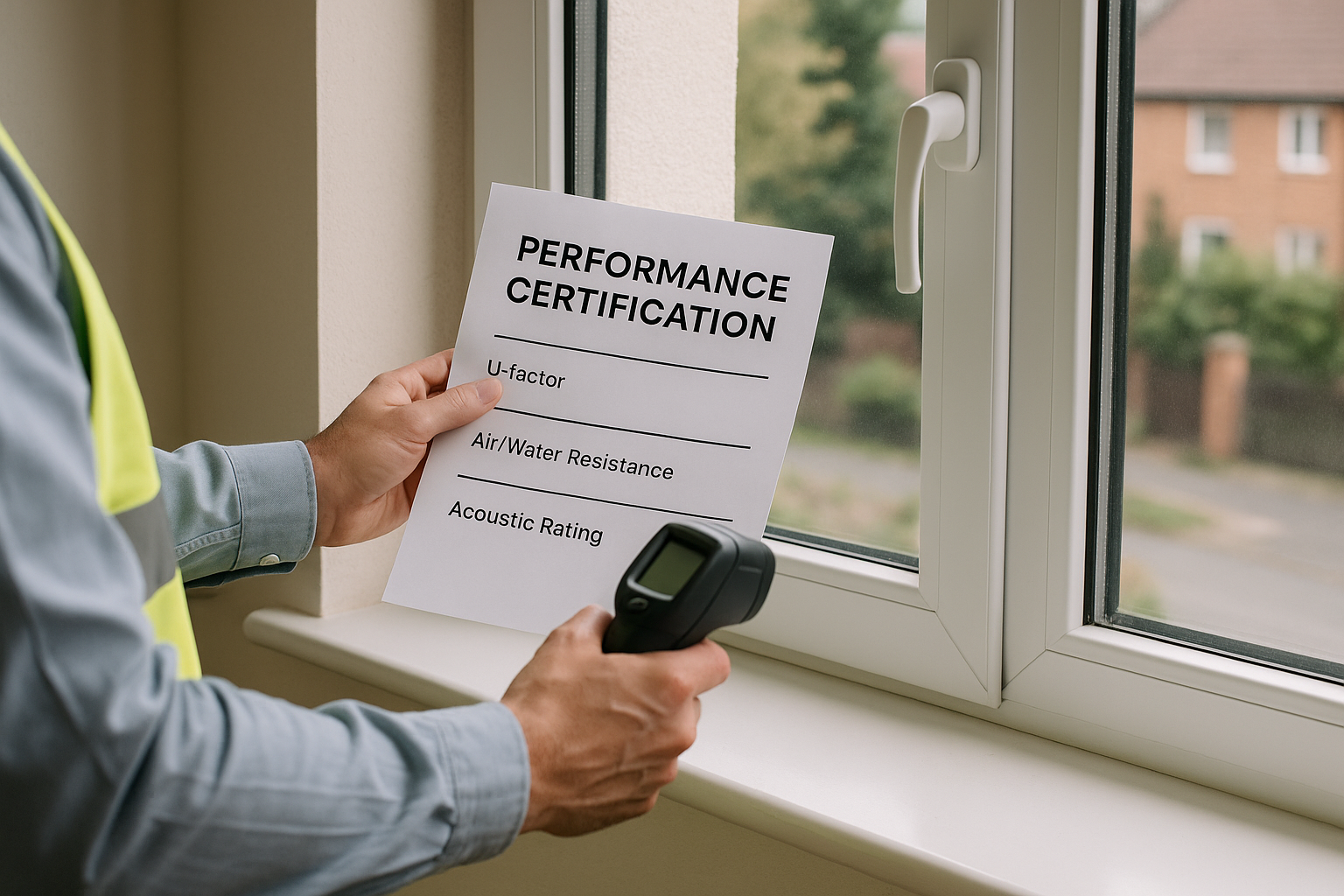
Depending on your location, the product may need to comply with:
- USA: NFRC certification4
- Canada: CSA A440
- EU: EN standards
- Australia: AS 2047
Performance indicators include:
| Standard | What It Measures |
|---|---|
| U-value | Heat insulation |
| SHGC | Solar heat gain |
| Air Leakage | Draft protection |
| Water Penetration | Leak resistance |
| Rw/DB | Sound insulation |
Always ask for lab reports or certification documents. This is critical for contractors and buyers managing code-compliant projects.
What documents are needed for international shipping?
Exporting isn’t just about crates—it’s about paperwork.
You’ll need a commercial invoice, packing list, bill of lading, certificate of origin, and test reports. Some markets require additional compliance documents.
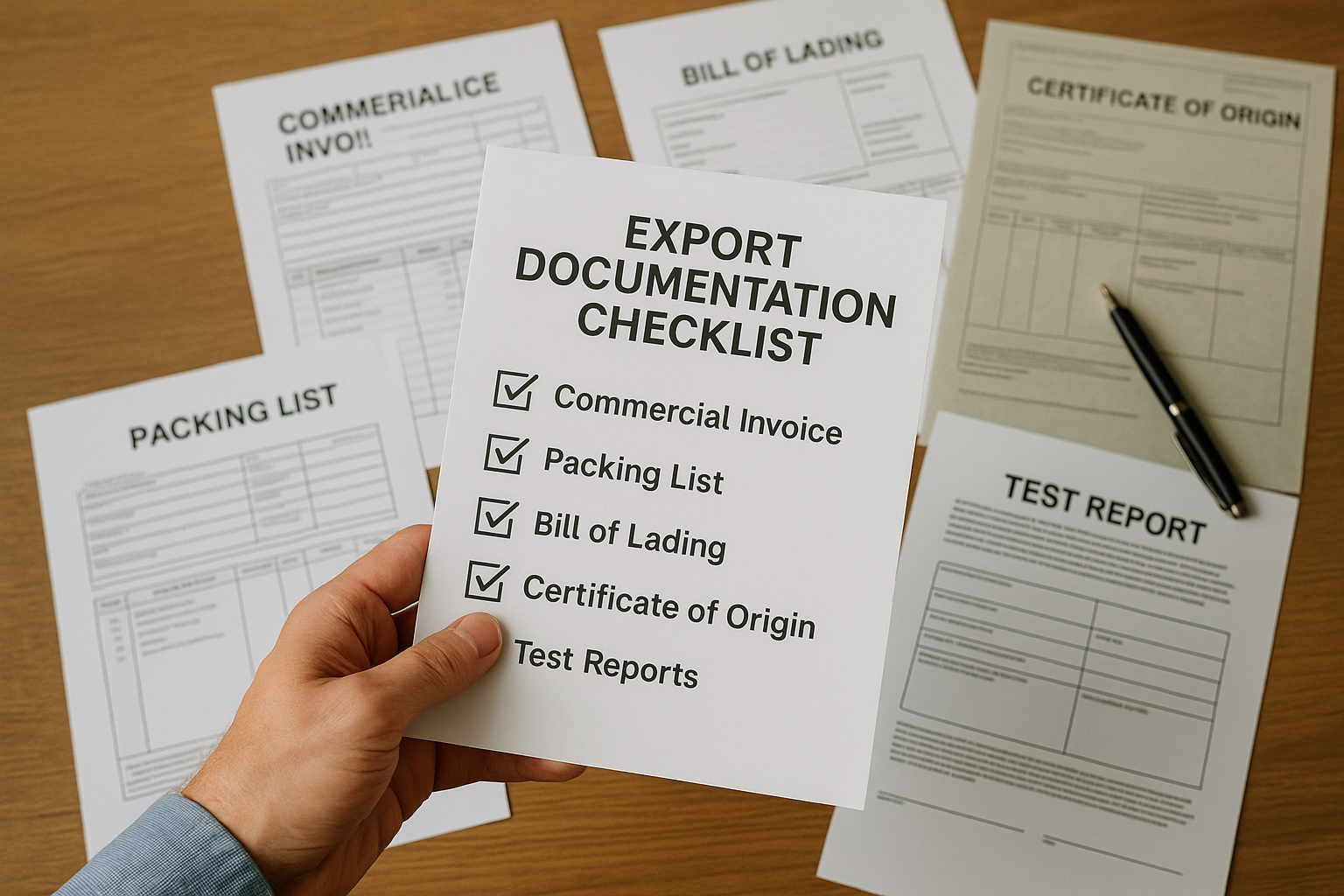
Professional freight forwarders are essential for smooth customs clearance. Work with one who understands your market’s entry rules.
Documents typically include:
- Commercial Invoice
- Packing List
- Bill of Lading (B/L)
- Certificate of Origin (CO)
- Product Test Reports (e.g., ISO, CE)
In countries like Australia, you may also need NCC compliance certificates.
Don’t forget about duties and taxes. The U.S., for instance, may impose 10–25% tariffs on aluminum imports. Factor that into your total landed cost.
How should logistics and delivery be managed?
Shipping is a make-or-break part of your import.
Coordinate with the factory and freight partner on packaging, delivery schedule, and container shipping (FCL/LCL) to reduce risk and damage.
%[Discussing packaging and freight logistics](https://hogladwindow.com/wp-content/uploads/2025/06/ChatGPT-Image-2025年6月19日-10_25_08.png "Logistics Coordination')
Average lead time for made-to-order windows is 4–8 weeks. If you’re a contractor or procurement officer, match delivery with your construction timeline.
Ask the supplier to:
- Confirm production start and finish dates
- Specify packaging method5 (foam, corner protectors, crates)
- Offer logistics tracking6
Work with a supplier like HOGLAD, which has 20+ years of export experience and offers proactive shipping updates. It makes a big difference in project reliability.
What about thermal and sound performance?
These aren’t luxury features—they’re often project requirements.
Chinese suppliers offer high-performance glazing, thermal breaks, and sealing systems to meet insulation (U ≤ 1.5 W/m²K) and acoustic (Rw ≥ 30 dB) targets.
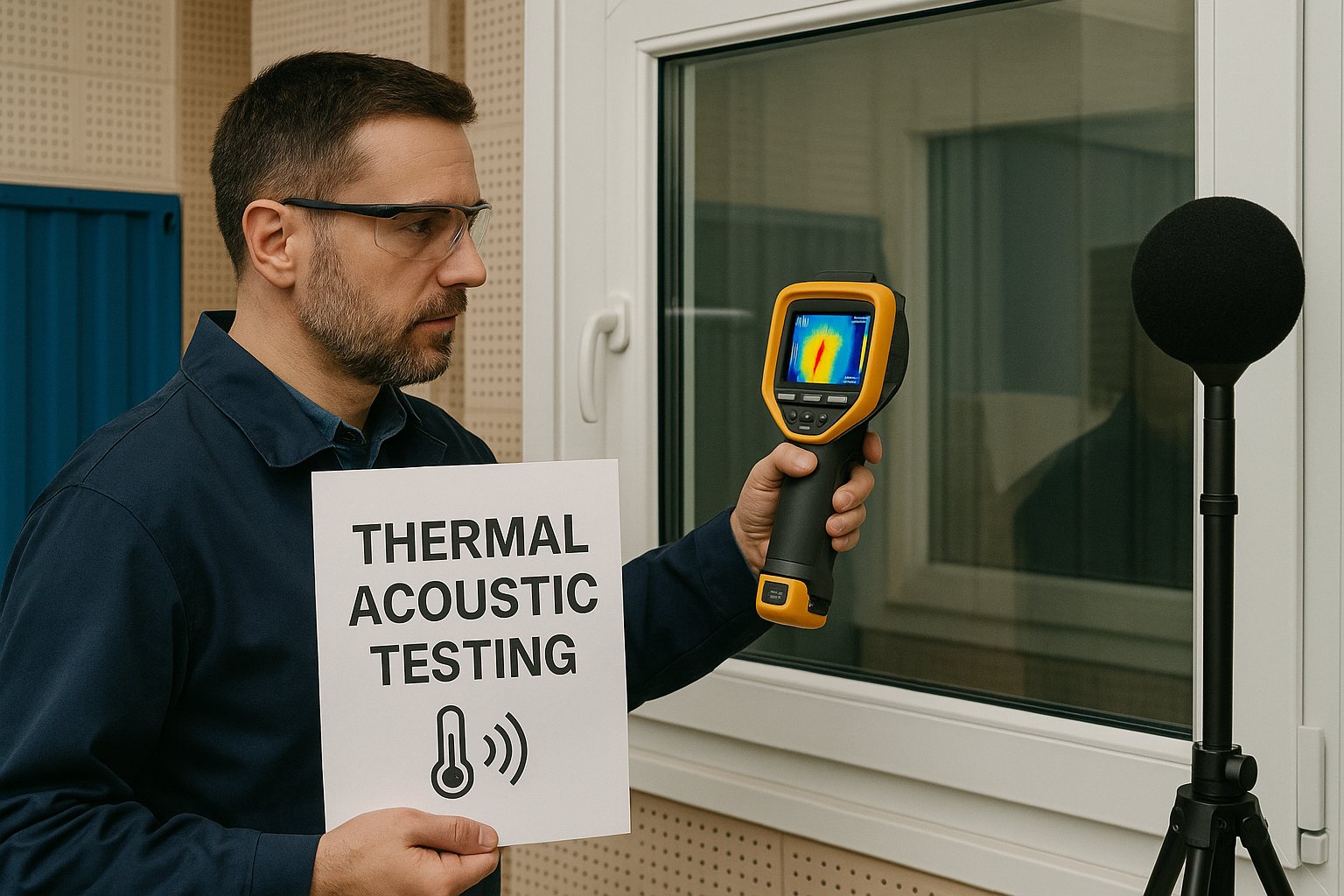
Canadian homeowners often ask us for windows that perform in harsh winters. New Zealand buyers often want excellent wind resistance. Both care about energy savings7 and quiet living.
Chinese factories meet those needs with:
- Insulated profiles (e.g., thermal-break aluminum)
- Double/triple Low-E glass
- Multi-layer gaskets
- Laminated glass for soundproofing
Always ask for performance data. Customize based on your climate zone and design goals.
How do I choose the right supplier?
There are many factories—but only a few great partners.
Select based on experience, export history, responsiveness, and ability to provide detailed specs and support.
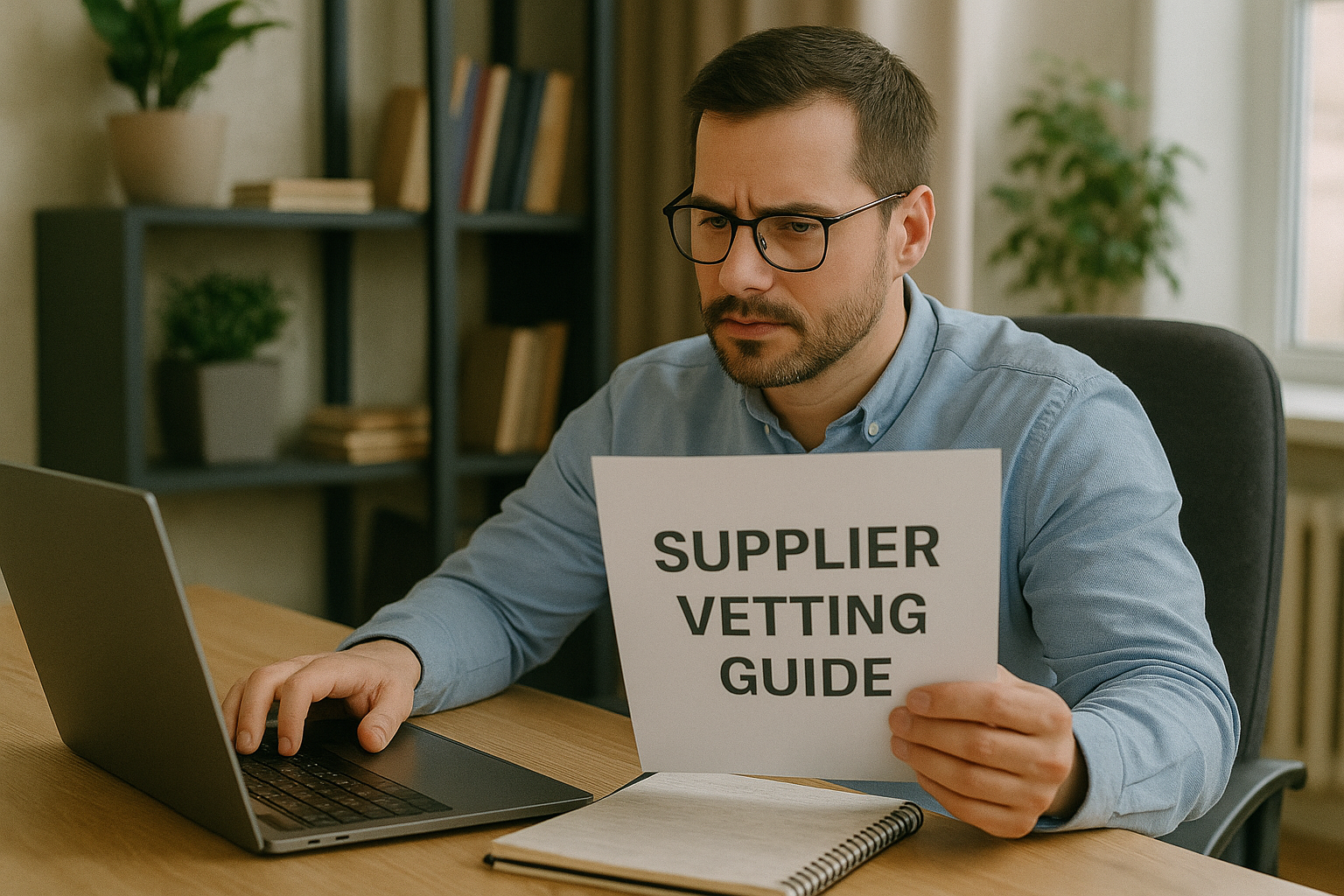
Whether you're a distributor or procurement manager, choose a supplier who:
- Has at least 5+ years of export history
- Operates a large, modern facility
- Offers samples and past project references
- Provides bilingual or international sales staff
Ask about warranty, spare part access, and communication speed. Attend trade shows like 9WINDOOR (Guangzhou 2026) or contact manufacturers directly via Alibaba.
How should I manage product quality and after-sales?
Production doesn’t end with packing. You need checks and backup plans.
Use third-party inspections (e.g., SGS, Intertek) for pre-shipment QC. Confirm warranty terms and support for parts, instructions, and claims.

A good supplier like HOGLAD will:
- Allow on-site or third-party inspections8
- Share detailed installation manuals
- Ship spare parts quickly
- Respond to post-delivery issues within 24–48 hours
Negotiate warranty terms9—such as 5–10 years for frames and glass. These matter for homeowners and contractors alike.
What does it really cost to import windows from China?
Pricing is only part of the equation.
Expect to pay 30–50% less than local sources, but add freight, duty, and install costs. Aluminum windows typically cost $100–300/m² wholesale.

Bulk buyers like procurement officers should balance:
- Unit cost
- Customization needs
- Shipping method
- Long-term durability
Distributors often raise profit margins by offering upgraded designs. Contractors benefit from supplier flexibility on delivery and payment.
Always request multiple quotes and negotiate terms like:
- 30% deposit
- 70% balance after B/L
- Free spare parts or accessories
What trends and preferences should I watch for?
Market demand isn’t static—it’s evolving fast.
Design, performance, and sustainability are key drivers. Smart windows, slim frames, and green materials are rising trends.

Preferences vary:
| Market | Priorities |
|---|---|
| USA | Energy savings, durability |
| UAE | Modern design, heat resistance |
| Canada | Thermal performance, aesthetics |
| New Zealand | Sustainability, wind load compliance |
To stay competitive, suppliers are offering:
- Smart integrations (sensors, automation)
- Ultra-slim profiles
- FSC-certified timber10
- Recycled aluminum
Custom color and finish options (e.g., wood grain, matte black) attract style-focused buyers and distributors.
Conclusion
Buying windows from China is a smart move—if you plan well, choose the right supplier, and manage logistics and compliance carefully. It’s not just cheaper—it can be better.
-
Understanding the importance of these certifications can help you ensure quality and compliance in your sourcing decisions. ↩
-
This resource will reveal how customization can lead to better product fit and customer satisfaction, crucial for your projects. ↩
-
This link will help you understand the competitive edge and flexibility offered by Chinese window manufacturers in the global market. ↩
-
NFRC certification provides assurance of energy performance, helping you choose compliant and efficient windows for your project. ↩
-
Exploring effective packaging methods can help prevent damage during shipping, ensuring your products arrive safely and intact. ↩
-
Understanding logistics tracking can enhance your shipping efficiency and reliability, ensuring timely deliveries and better project management. ↩
-
Learning about energy savings can lead to significant cost reductions and environmental benefits. ↩
-
Exploring this resource will help you understand how third-party inspections can enhance product quality and reliability. ↩
-
This link will provide insights on effectively negotiating warranty terms, crucial for protecting your investment. ↩
-
Learn about the significance of FSC-certified timber in promoting responsible forestry and sustainable construction practices. ↩

